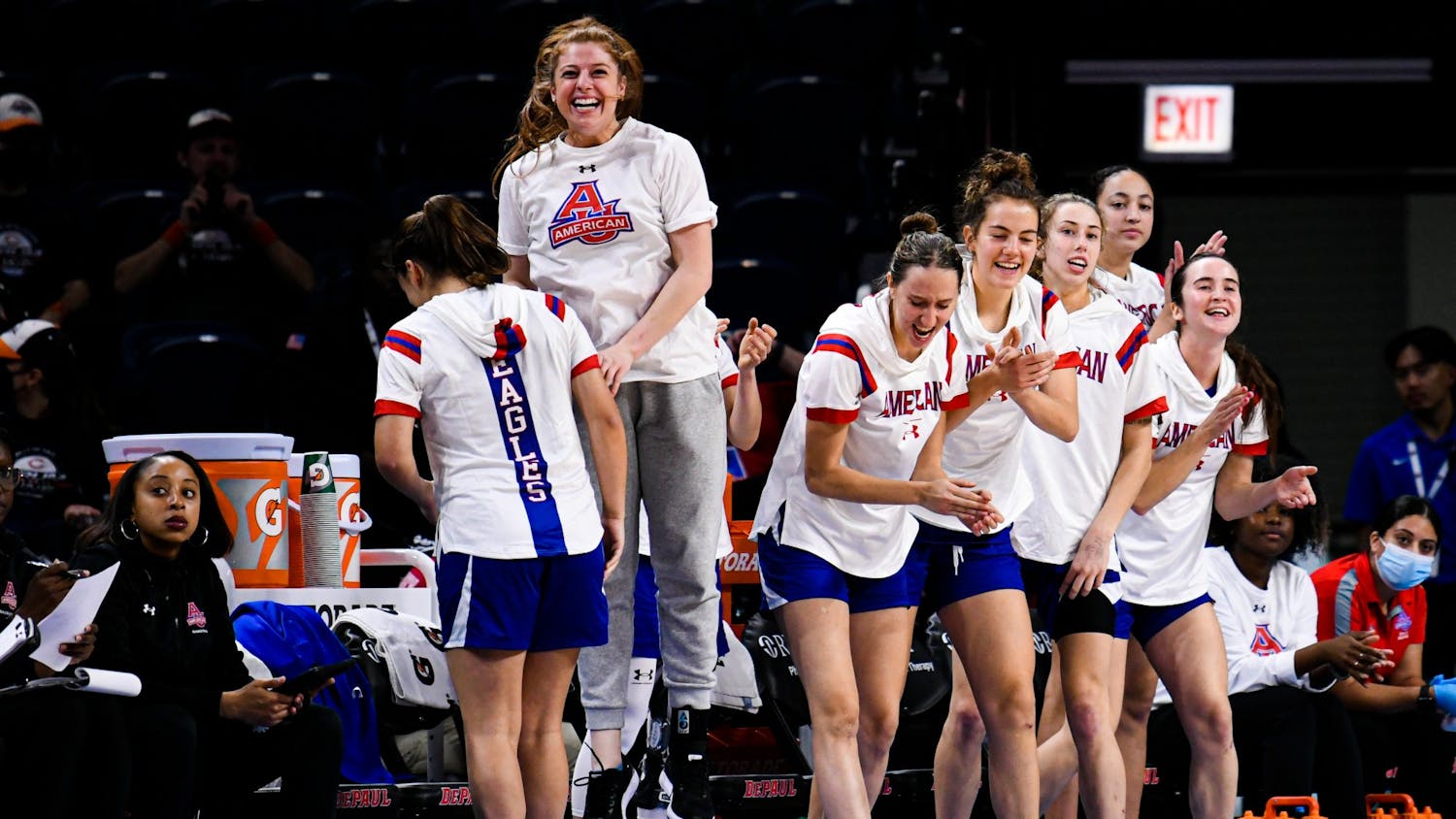By now everyone has seen the tape. New York Yankee Gary Sheffield goes to get the ball from in front of the bleachers and is "interfered with" by a fan at Boston's Fenway Park. Sheffield semi-retaliates, but the incident is thwarted before it escalates.
Major League Baseball has said it will probably not take action against Sheffield, and the fan also will not be punished. This raises a tough question: Where is the line between player and fan drawn?
Earlier this year, the NBA witnessed one of its most embarrassing moments when a fight broke out between players and fans at a Pistons-Pacers game. At the time, I wrote that the blame should fall entirely on Ron Artest, who, at the time, seemed the villain. In fact, common thinking then was that the athlete was always at fault, since he or she is the employee while the fan is the customer. Now that theory is in question.
Each of the major sports has witnessed an inappropriate player-fan interaction in the past few years, and each has dealt with it differently. While the conditions vary from case to case, the underlying question remains. As sports attempt to increase fan participation, the line between fan and participant becomes blurrier. But with that in mind, here is one solution that may suit both sides.
Every single incident over the past few years has occurred during the game's final stages. In every single instance, the fan involved had been drinking alcohol during the game's latter stages.
I'm all for drinking at sporting events, but a line must be drawn. Just as flight attendants can refuse alcohol to unruly passengers, vendors must be able to refuse service to unruly customers.
Serving alcohol late into an event, especially a blowout, can only lead to problems. Fans who want to drink should be allowed to, but only at the beginning of games. This could help stem the problem. But another system should also be implemented.
In each incident, the player involved has already possessed a controversial reputation. Artest had been booed for appearing selfish, Sheffield has been mentioned in the same breath as the phrase "steroid use," and even Frank Francisico, the Texas Rangers pitcher who hurled a chair into the seats during a baseball game last year, already had his own legal problems. Because players like these are going to continue to be viewed as "villains" by opposing fans, they should be taught how to handle fan abuse, so after they react, they act from memory, not adrenaline.
These incidents are the exception, not the rule. For every violent outburst that occurs on the field, uncounted hundreds do not. Yet, while it may not seem fair to criticize every single player and every single fan for the actions of a select few, it is completely necessary to do so. One incident is too many, and as the past two years have shown, this is the beginning of a trend, not a burst of random activity.
In the end it will be up to the sports commissioners to decide how they want to act when something like this happens and what they want to do to prevent it from happening again.
In most cases the leaders will hope the public forgets the incident and take minor steps to quell the problem. This must change.
Professional sports need to act appropriately, and they need to act now. American society has obviously progressed to an undesirable point, and it is time to stem the tide. This is not the end of a hiccup. It is the beginning of a problem, and a solution must be found.




